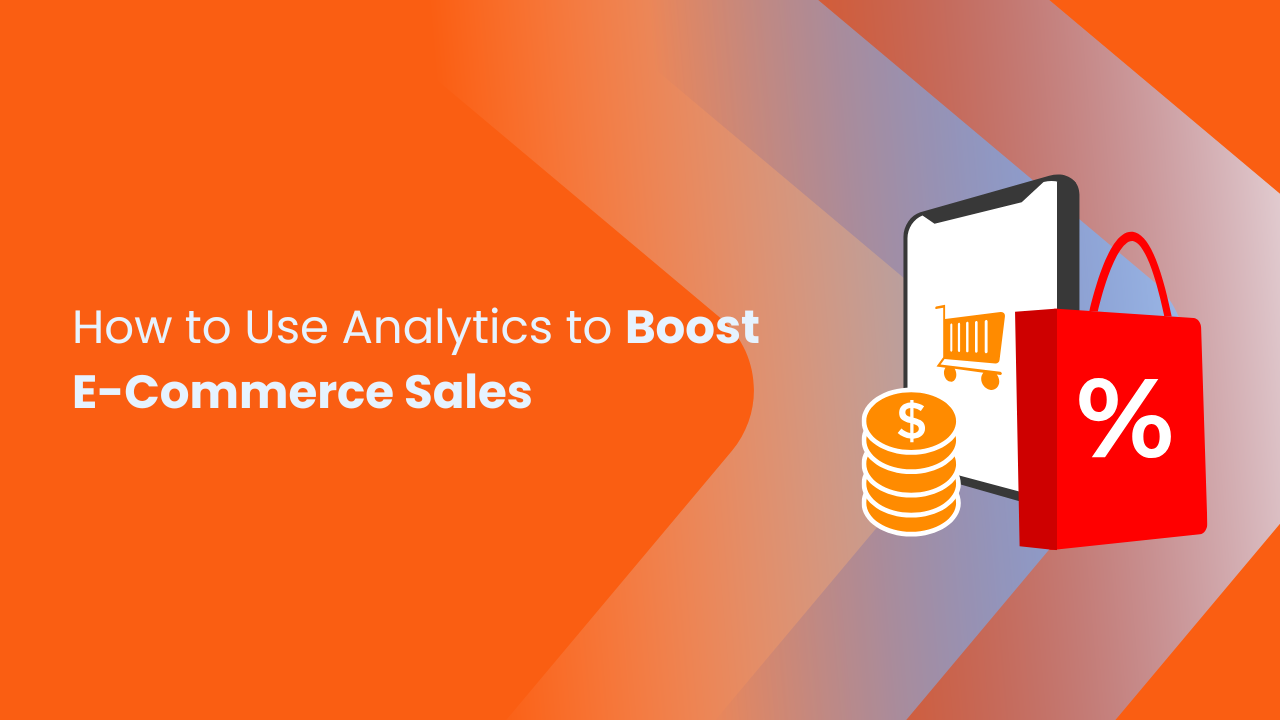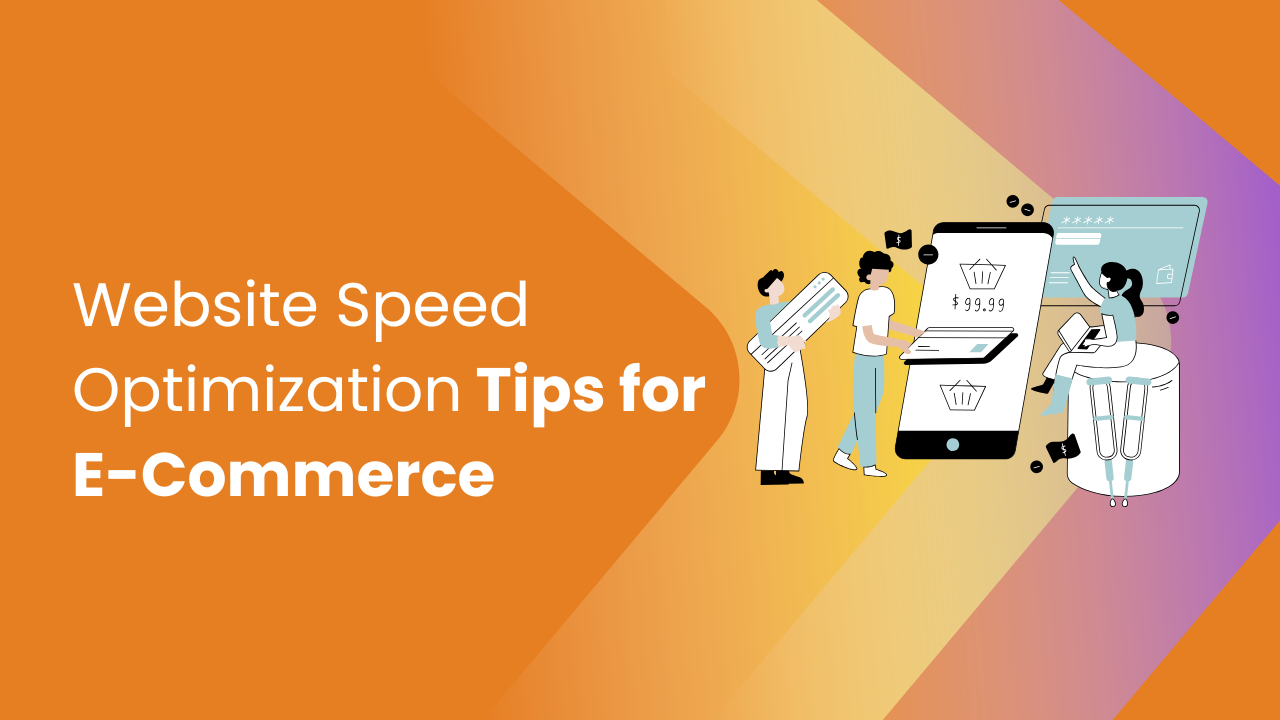Share this Article
Introduction
In the competitive world of e-commerce, understanding customer behavior is crucial for driving sales and growing a business. Analytics provides the tools to measure, analyze, and interpret data to make informed business decisions. By leveraging analytics, e-commerce businesses can optimize marketing strategies, improve user experience, and increase revenue. In Nepal and globally, companies that harness the power of data gain a significant advantage over competitors who rely on intuition alone.
This article explores how e-commerce businesses can use analytics effectively to boost sales, improve customer engagement, and make data-driven decisions.
Understanding E-Commerce Analytics
E-commerce analytics involves collecting and analyzing data from online stores to understand how customers interact with products, services, and marketing campaigns. Analytics tracks metrics such as website traffic, user behavior, conversion rates, cart abandonment, and sales trends.
By understanding these metrics, businesses can identify strengths and weaknesses in their online strategy, recognize patterns in customer behavior, and optimize operations for better results.
Tracking Website Traffic
The first step in using analytics is monitoring website traffic. Tools like Google Analytics provide insights into where visitors come from, which pages they visit, and how long they stay.
For example, an online fashion store can discover that most visitors land on the homepage from social media ads but leave before exploring product pages. This insight highlights the need to improve landing page design or product navigation. Tracking traffic helps businesses understand customer sources and optimize marketing channels for higher engagement and conversions.
Analyzing Customer Behavior
Analytics allows businesses to monitor how users interact with the website. Metrics like click-through rates, page views, and time spent on pages reveal what attracts or deters customers.
For instance, if analytics shows that customers often view a particular product but do not make a purchase, it may indicate pricing issues, unclear product descriptions, or insufficient images. Businesses can then adjust product pages, offer promotions, or improve descriptions to increase conversion rates. Understanding behavior patterns helps in refining the customer journey for better engagement.
Conversion Rate Optimization
Conversion rate is a key metric in e-commerce, measuring the percentage of visitors who complete a desired action, such as making a purchase or signing up for a newsletter. Analytics tools can identify which pages or steps in the checkout process lead to drop-offs.
By analyzing these insights, businesses can test different strategies to improve conversions. This could include simplifying the checkout process, adding trust signals, offering discounts, or improving page load speed. Regularly monitoring and optimizing conversion rates ensures that traffic translates into revenue.
Monitoring Cart Abandonment
Cart abandonment is a common challenge in e-commerce. Analytics helps track when and why customers leave without completing a purchase.
For example, data might reveal that users abandon their carts during payment due to limited payment options or high shipping costs. Businesses can address this by offering multiple payment methods, free shipping promotions, or reminders via email or chatbots. Understanding cart abandonment patterns allows companies to implement targeted strategies that recover lost sales.
Segmenting Customers
Customer segmentation involves grouping users based on behavior, demographics, or purchase history. Analytics enables businesses to create detailed segments, such as frequent buyers, first-time visitors, or high-value customers.
Segmented marketing campaigns are more effective because they target specific audiences with relevant offers. For instance, an online electronics store could send personalized discounts on accessories to customers who recently purchased smartphones. Analytics-driven segmentation ensures marketing resources are used efficiently, maximizing ROI.
Optimizing Marketing Campaigns
Analytics provides insights into the performance of marketing campaigns across channels like social media, email, search engines, and paid ads. By tracking metrics such as click-through rates, cost per acquisition, and ROI, businesses can determine which campaigns are effective and which need adjustments.
For example, if a Facebook ad drives high traffic but low sales, analytics can help identify issues like misaligned targeting or ineffective landing pages. Optimizing campaigns based on data ensures marketing efforts contribute directly to revenue growth.
Predictive Analytics for Sales Forecasting
Predictive analytics uses historical data and machine learning to forecast future trends and customer behavior. E-commerce businesses can predict demand for specific products, identify seasonal trends, and plan inventory accordingly.
For instance, a Nepali online store may use predictive analytics to anticipate high demand for winter jackets before the season begins, ensuring stock availability and reducing missed sales opportunities. Accurate forecasting allows businesses to make informed decisions about purchasing, pricing, and promotions.
Improving User Experience
Analytics helps businesses understand how website design and functionality impact user experience. Heatmaps, session recordings, and click tracking reveal which areas of the site attract attention and where users face difficulties.
For example, if analytics shows that customers struggle to find the checkout button, redesigning the page layout can simplify navigation and improve conversions. By continuously optimizing the website based on data insights, businesses create a seamless shopping experience that encourages repeat purchases.
Leveraging Customer Feedback
Analytics is not limited to quantitative data; qualitative insights from surveys, reviews, and feedback forms are equally valuable. By analyzing customer feedback, businesses can identify pain points, understand preferences, and make improvements.
For instance, repeated complaints about delayed deliveries or unclear product descriptions highlight areas needing attention. Combining feedback with analytics data provides a holistic view of customer needs and drives improvements that increase satisfaction and loyalty.
Using Analytics Tools
Several tools help e-commerce businesses analyze data effectively:
- Google Analytics: Tracks traffic, user behavior, and conversions.
- Hotjar: Provides heatmaps, session recordings, and feedback polls.
- Facebook and Google Ads Analytics: Measures campaign performance and ROI.
- Shopify Analytics / WooCommerce Reports: Offers platform-specific insights for sales, inventory, and customer trends.
Choosing the right tools and integrating them into your workflow ensures accurate data collection, easier analysis, and actionable insights.
Conclusion
Analytics is a powerful tool for boosting e-commerce sales. By understanding customer behavior, tracking website traffic, monitoring conversions, analyzing cart abandonment, segmenting customers, optimizing marketing campaigns, and leveraging predictive analytics, businesses can make informed decisions that drive revenue growth.
In Nepal, where e-commerce is rapidly growing, businesses that adopt analytics gain a competitive edge. Data-driven decisions enable better customer engagement, improved user experience, and efficient marketing strategies. By continuously monitoring and acting on analytics insights, e-commerce platforms can increase sales, build loyalty, and achieve long-term success.
Categories:
Beginner’s Guides
Tags:
Online Store in Nepal
,
local businesses
,
e-commerce app
,
Small Business
,
strong brand
,
E-commerce







